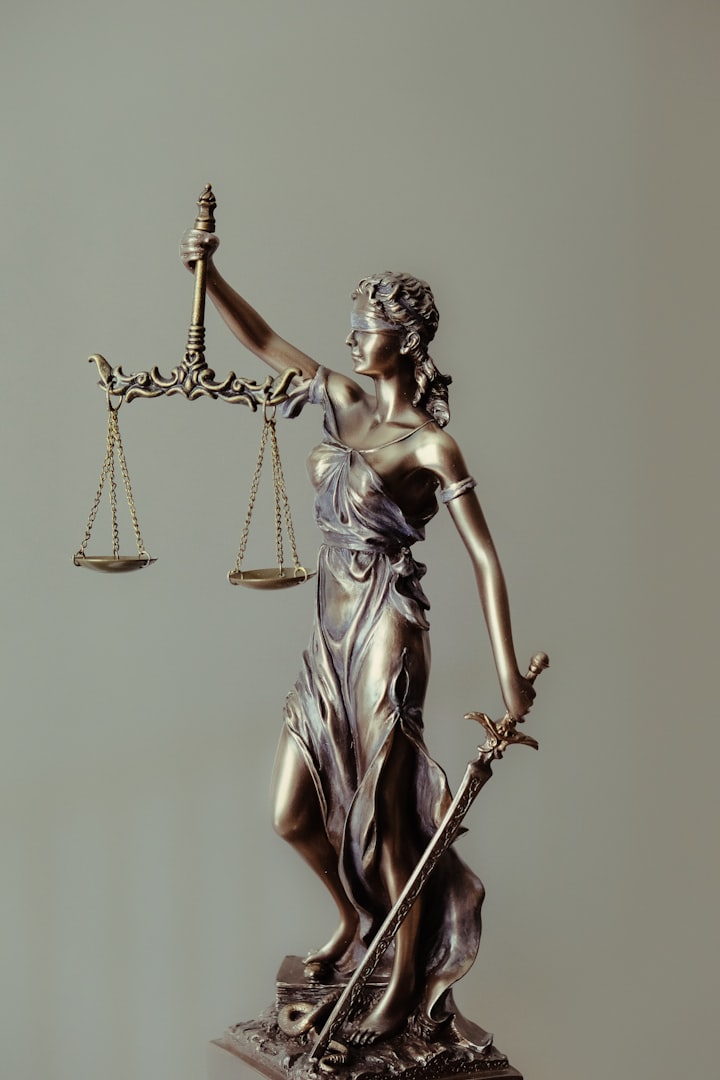How to Write a Brief For A Lawsuit
Make brief writing, on of the most imporant aspects of a formal debate, a breeze

The construction of a brief is a most interesting task, for the bringing of order out of chaos always gives a thrill of satisfaction to the active thinker. It indicates the mastery of the human mind over material facts and conditions. In this as in all other spheres of endeavor the joy of victory possesses him who overcomes.
The work of constructing a brief is usually looked upon by the uninitiated with considerable apprehension. It is regarded as a most difficult task, and so it is. But the difficulty of the task is greatly overshadowed by the pleasure which may be derived from it, providing the preliminary work has been done thoroughly. Every step in the argumentative process up to this point must have been taken with diligence. If this work has been well done the student finds himself in the possession of a large amount of evidence. The analysis of the proposition and the collecting of the evidence have given the student a broad outlook over the field to be covered by the brief. Now, to get the most comprehensive view of this field, he must look at it from the standpoint of the Purpose of the Brief.
I. The purpose of the brief.

The purpose of the brief is to furnish a solid framework for the argument. It indicates definitely the path which the argument is to follow. It maps out a continuous course of procedure ending at the conclusion which it is the purpose of the argument to establish. To develop one of the above figures of speech still further, we may regard the brief as the framework of the vehicle which carries the argument along the straight road which leads to persuasion.
The brief enables the writer or speaker to present his arguments in logical order, to indicate the relation which the evidence bears to the arguments, and to give unity and coherence to the finished product. Without a well constructed brief an argument will inevitably be more or less rambling and incoherent; with a well constructed brief each piece of evidence can be utilized in the place where it will do the most good. The facts of evidence can be arranged in climactic order and the proper proportion given to the completed structure. By keeping these objects in mind the work of building a brief out of the evidence collected may be intelligently begun.
II. Method of constructing the brief.

The work of constructing the brief should be begun with all the evidence, which has been collected and recorded on cards or slips of paper, ready at hand. By this time the investigator has probably determined whether he wishes to make any alteration in his original analysis. If any alterations seem advisable they should be made before proceeding.
The analysis of the question reveals the main issues. In order to make the work of construction as simple as possible let us suppose that the evidence has been collected on the affirmative of the following proposition: “Resolved, that all cities in the United States having a population of over 5000 should adopt the commission form of city government.” The analysis of the question has shown that in order to establish the truth of this proposition it is necessary to prove these three main issues: (1) That the proposed plan is necessary, (2) That the proposed plan is good in theory, and (3) That the proposed plan works well in practice. Each of these three main issues should be written on a separate piece of paper, an extra slip of paper should be marked “Introduction,” and still another “Refutation.” These five slips of paper should be spread out on a table and the work of classifying the cards begun. All cards containing facts or opinions which show the necessity for the plan should be placed on the paper marked “The proposed plan is necessary,” those dealing with theory should be placed on the paper marked “The proposed plan is good in theory,” and those dealing with the practical side of the question should be placed on the paper marked “The proposed plan works well in practice.” To be more concrete, suppose we have one card which contains a statement from the mayor of Galveston, Texas, in which he says that the commission form of city government has worked successfully in that city; another card on which are statistics showing that the practical operation of the commission plan in Des Moines, Iowa, has resulted in reducing the governmental expenses of that city; and still another card which shows that Grand Rapids, Michigan, has successfully used the commission form of city government for ten years. All of these cards would, of course, be placed under the heading “The proposed plan works well in practice.” Cards treating the origin, history, and other matters discussed in the analysis of the question should be placed under “Introduction,” while cards containing material for refutation should be placed under “Refutation.”
Sometimes there will arise a question as to which of two heads most properly includes the material on a particular card. In such a case the student must use his best judgment. If the point is very important and the doubt great, a duplicate card may be made out and one card placed under each heading. Then when the brief is being written out a more intelligent decision can be made. Such difficulties as this, however, are infrequent, providing proper care has been taken in making the analysis of the question. The main issues should be distinct from each other and the line of demarcation between them should be clear cut. If this requirement is complied with, the classification of the cards in the manner above described is a comparatively simple matter.
Now that the cards have been divided, each pile can be more easily studied than could the large original pile. A half-hour spent in arranging and rearranging the cards and in reading them over in various connections will yield more information regarding the way in which the argument should be put together than a whole day spent in unaided pondering.
The cards should be examined with the object in view of making a subdivision of the material under each main issue. To illustrate, an examination of the cards under the first main issue above discussed, viz. “That the proposed plan of city government is necessary,” reveals the fact that this main issue “necessity” may be discussed under three heads:
(1) Political necessity
(2) Social necessity
(3) Financial necessity.
Now we proceed to divide the pack of cards on necessity into three parts, corresponding to the above division. This is done in the same manner in which the original pack was divided into five packs. Each of these smaller packs should then be carefully examined in order to determine whether a further subdivision is advisable. The process should be continued until all the recorded evidence is classified. Then each pack of cards should be carefully labelled with the name of the subdivision to which it belongs, and kept, with its fellows of the same subdivision, under the division to which they belong, and all the members of each division should be kept under the main issue to which they belong. Next comes the task of arranging these groups of cards in their proper order. In making this arrangement two principles should be kept constantly in mind. In the first place the order of arrangement must be logical; in the second place the divisions should be arranged in climactic order wherever possible. The strongest argument should be put last unless there is an important logical objection to putting it in that position. In arranging the order of the main issues above discussed, “necessity” should be placed first, because the necessity for a thing paves the way for its adoption. It is the logical beginning. Theory should be placed second, and last of all the argument “practice,” because nothing can constitute a stronger argument in favor of the adoption of a plan than to show that it has already worked well in many instances. This arrangement is not only the climactic order, but from the psychological standpoint it makes the strongest impression. The process of arranging groups in their logical order should be carried on until the cards comprising the smallest group are placed in what appears to be the order dictated by logical sequence and climactic effect.
After the evidence has been duly arranged in accordance with the method just explained, the task of writing out the brief formally may be commenced.





Comments
There are no comments for this story
Be the first to respond and start the conversation.